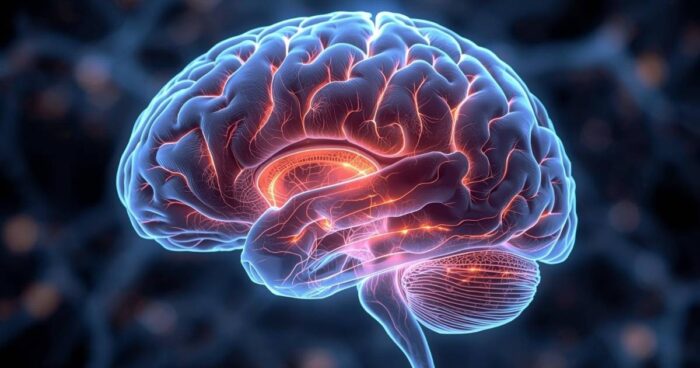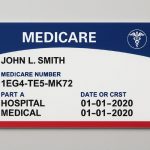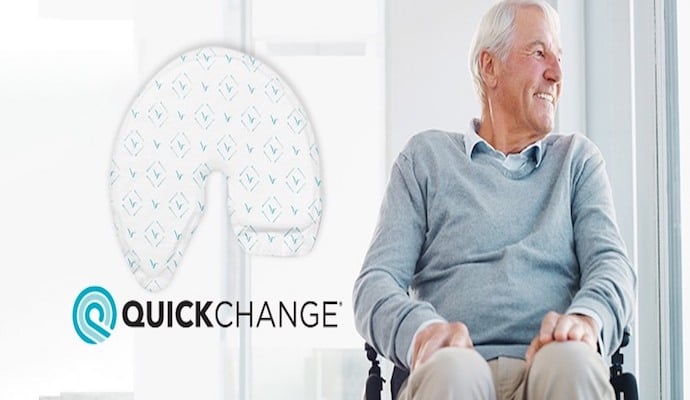Being familiar with the signs of stroke and responding quickly can save an aging adult’s life or reduce their chance of developing significant disabilities.
Stroke is the 5th leading cause of death in the United States and affects nearly 800,000 people each year. It also causes more serious long-term disabilities than any other disease.

We explain what a stroke is, common stroke survivor disabilities, a handy shortcut to recognize the top signs of stroke, additional signs of stroke, and what to do if you notice signs of a stroke.
Stroke is a Leading Cause of Death and Disability
Think of a stroke as a “brain attack.” It happens when blood flow to an area of the brain is cut off.
That deprives brain cells of oxygen, causing them to die.
When brain cells die during a stroke, abilities controlled by that area of the brain are lost, like memory and muscle control.
There are five main types of stroke:
Ischemic stroke (clots)
Accounts for 87% of all strokes, which happens when a blood vessel supplying blood to the brain is blocked
Hemorrhagic stroke (bleeds)
Happens when a weakened blood vessel in the brain ruptures, typically caused by uncontrolled high blood pressure
Transient Ischemic Attack (TIA)
Often called a “mini stroke”, a serious temporary blood clot causes a TIA, it is a warning stroke and should be taken seriously.
Cryptogenic Stroke
In some cases, despite testing, the cause of a stroke cannot be determined and is called a “cryptogenic stroke.”
Brain Stem stroke
They have complex symptoms and can be challenging to diagnose. Severe brain stem strokes can cause locked-in syndrome, where survivors can’t speak or move below the neck
Expected Disabilities Following a Stroke
25% of stroke survivors end up with a minor disability, and 40% have moderate-to-severe disabilities.
They’re often left with physical weakness, speech impairment, and unusual muscle tightness.
These impairments can affect the ability to communicate, walk, eat independently, bathe, dress, and complete other activities of daily life.
F.A.S.T. is a Shortcut to Remember Signs of a Stroke
Use these initials to remember the key signs of stroke and how to respond.
F is for “Face”
Face drooping on one side. Ask your loved one to smile – is it uneven?
A is for “Arm”
Is one Arm weak or numb? Ask them to raise both arms. Is one arm weak?
S is for “Speech”
Speech problems such as slurring, inability to speak, and incoherence. Ask them to repeat a simple sentence, such as “The sky is blue,” as a quick test.
T is for “Time”
Time to call 911. If you see any of these signs, even if the symptoms don’t last, call 911 right away and get to the hospital ASAP. Check the time so you can tell EMTs and doctors when the symptoms started.
Additional Signs of a Stroke
Sudden symptoms like these are also signs of stroke:
- Numbness or weakness of the leg, arm, or face
- Confusion or trouble understanding
- Trouble seeing in one or both eyes
- Difficulty walking, dizziness, loss of balance, or coordination
- Severe headache with no known cause
- Brief loss of consciousness
What to Do if You Suspect a Stroke
If you notice any of the signs of stroke, call 911 immediately.
Speed is critical. The faster an older adult arrives at the hospital for treatment, the better their chances of survival and recovery.
If the stroke symptoms pass quickly, your loved one might have had a transient ischemic attack (TIA), which is caused by a brief blockage of blood flow to the brain.
Don’t ignore a TIA; it’s a warning sign of future, more serious strokes. Early treatment and lifestyle changes can prevent a significant or fatal stroke.
Final Thoughts on Recognizing the Signs of a Stroke
The most powerful tool you have during a stroke isn’t found in a medicine cabinet; it’s the knowledge in your mind and the speed of your response. By memorizing the F.A.S.T. acronym and committing to act without hesitation, you are not just a bystander; you are a potential lifesaver who can preserve your loved one’s independence and future.
Remember, every minute counts, and even symptoms that seem to pass quickly are urgent warning signs that demand medical attention. Let this information move you from fear to empowerment. Please share it with family and friends, post the F.A.S.T. signs on your fridge, and make a plan today.
Your awareness and swift action are the most critical factors in turning a moment of crisis into a story of recovery and hope.
Recommended for you:
- 10 Ways to Improve Health in Seniors Living with High Blood Pressure
- 12 Home Modifications for Stroke Survivors Give Greater Independence
- 11 Adaptive Utensils and Eating Aids for Hand Tremors, Dementia, Parkinson’s, Stroke
About the Author

Connie is the founder of DailyCaring.com and was a hands-on caregiver for her grandmother for 20 years. (Grandma made it to 101 years old!) She knows how challenging, overwhelming, and all-consuming caring for an older adult can be. She also understands the importance of support, especially in the form of practical solutions, valuable resources, and self-care tips.












